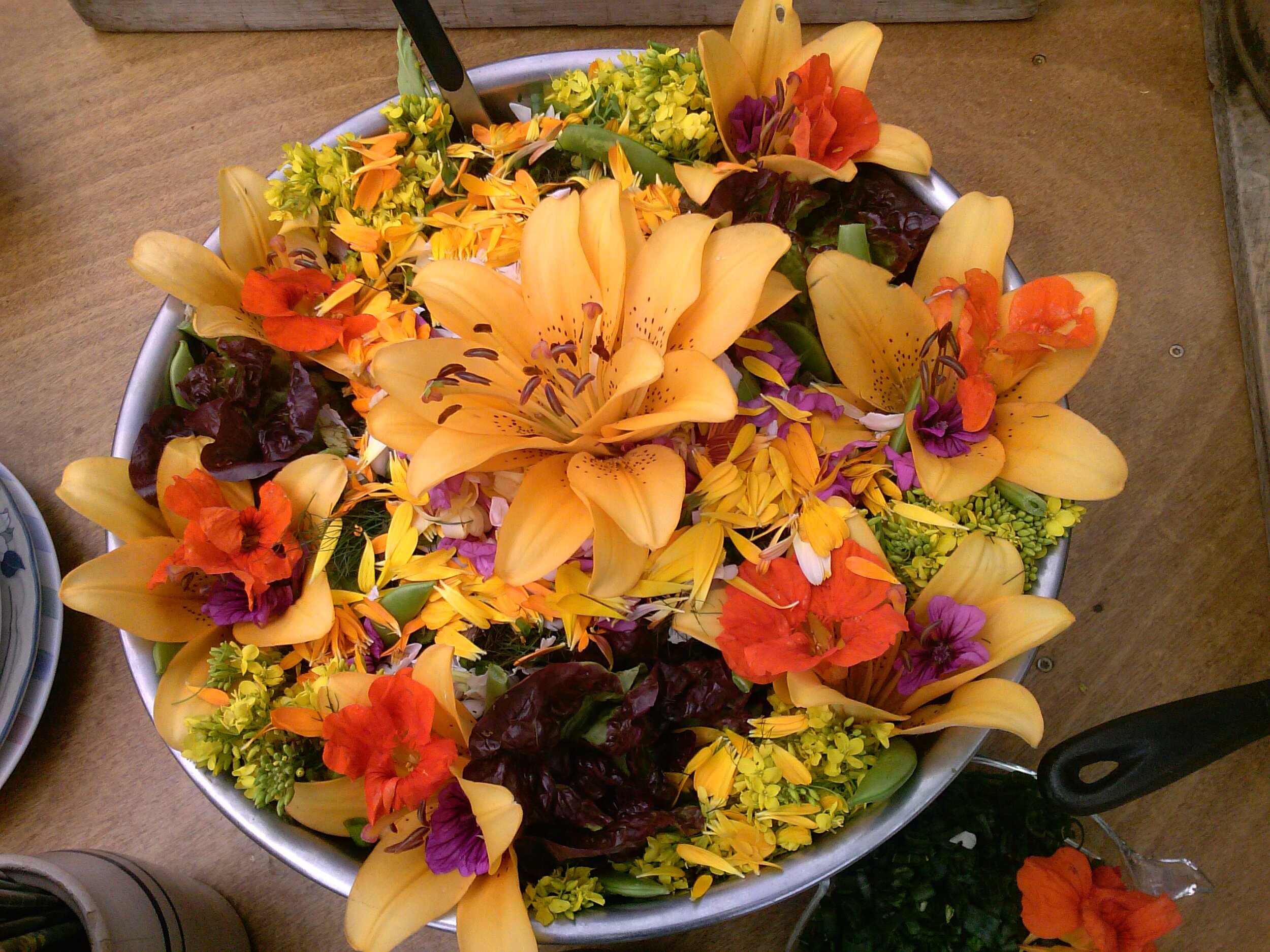Edible Flowers
Flowers make me happy. They also have a well earned place in the vegetable garden. Some attract pollinators, some harbor beneficial insects, some deter pests, and many are edible. If you want to wow your family and friends, try tossing some edible flowers in a salad or on top of a cake. Even if most people eat around the flowers, they are a delightful decoration!
Warning: Always do your research and know how to identify your plants. While many flowers are edible, many are toxic, and it can vary within the same plant genus or family. For example, snap pea flowers are edible but sweet peas are poisonous. Also, most flowers grown for ornamental purposes are sprayed with chemicals for a variety of reasons from deterring pests to increasing vase life. We recommend that you grow your own or know the grower and their horticultural practices.
Now on to the good stuff! Here’s a list of commonly found flowers that are uncommonly edible! (Photos and flower list are in sequential order)
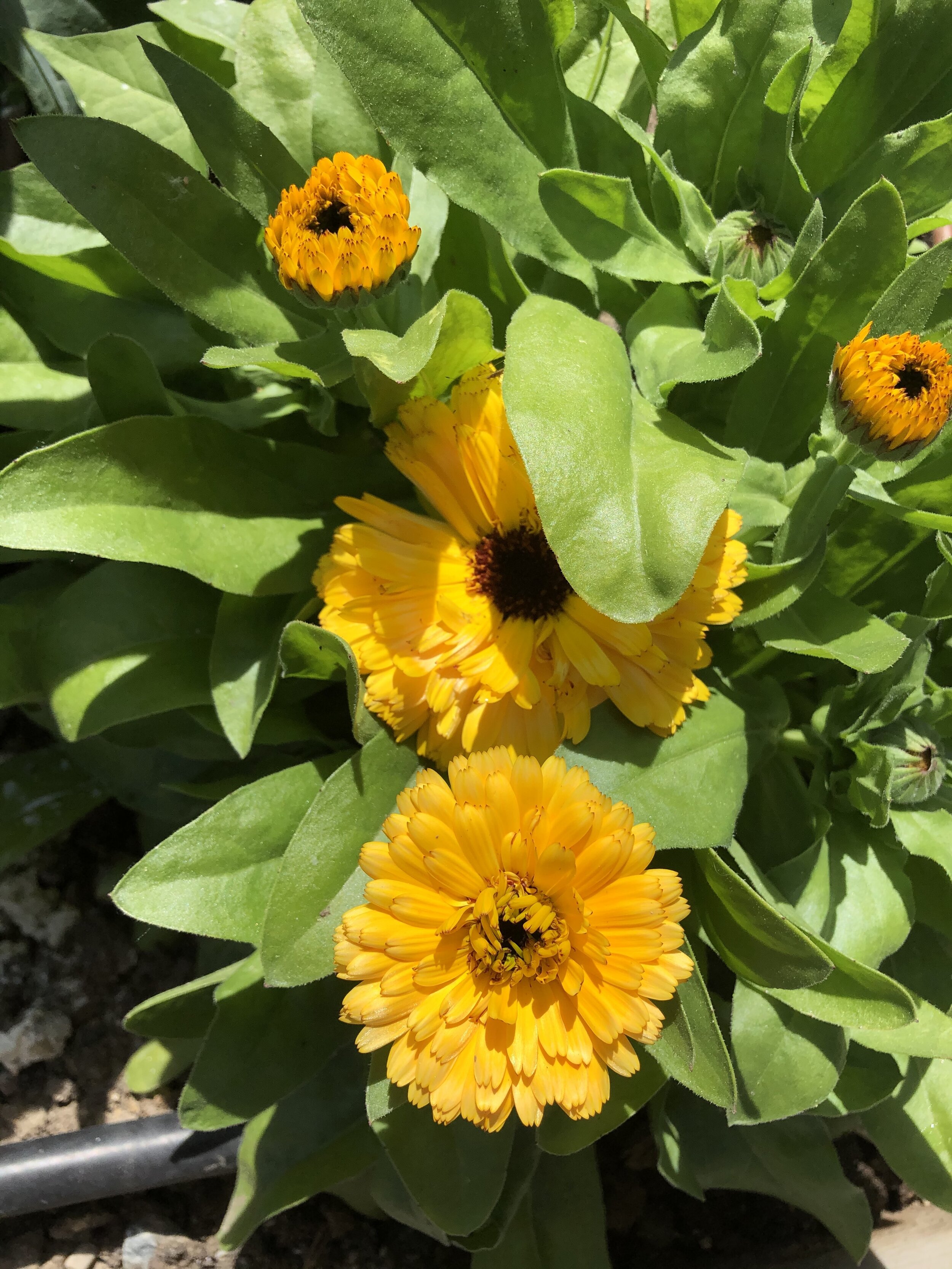
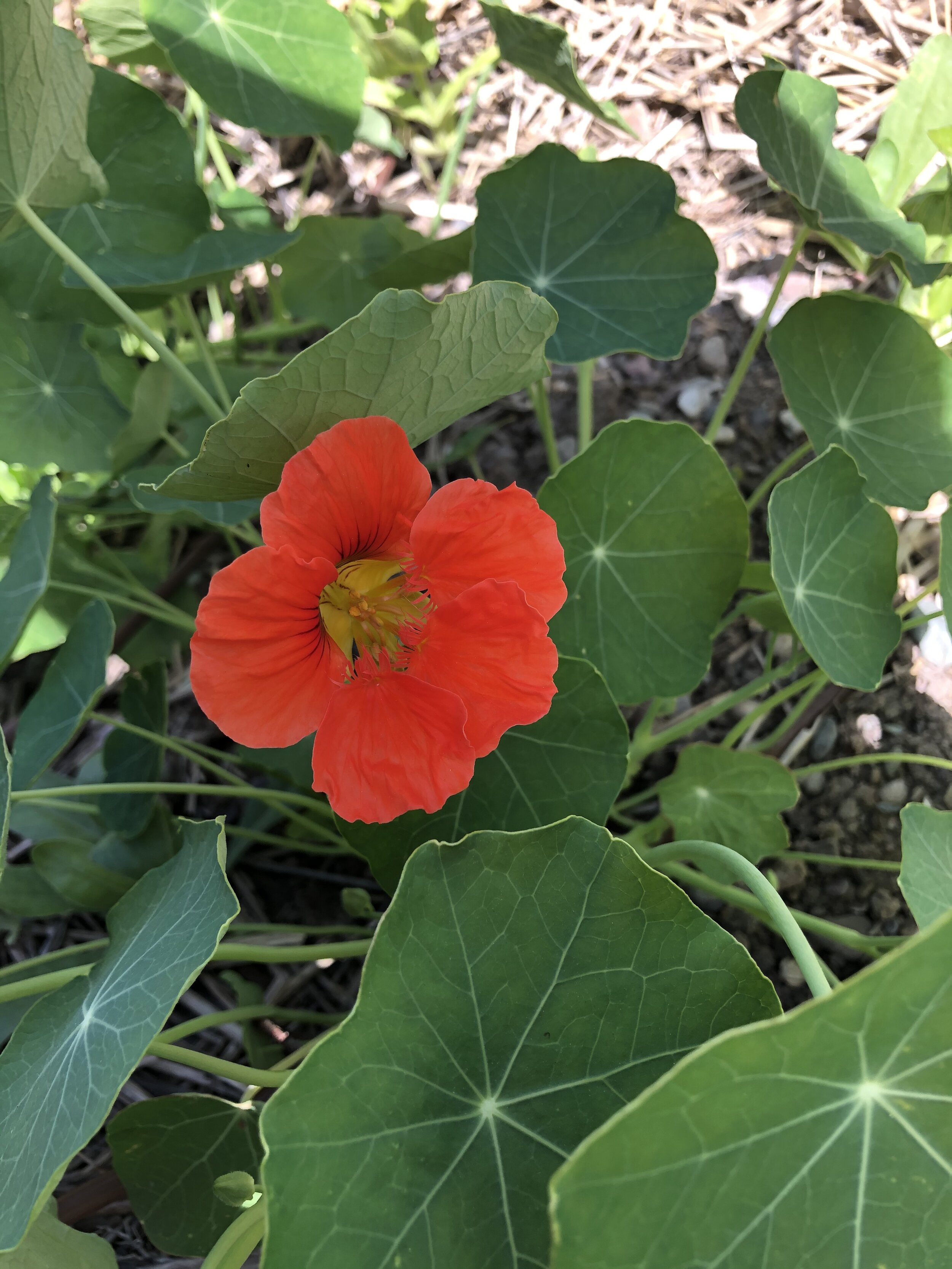
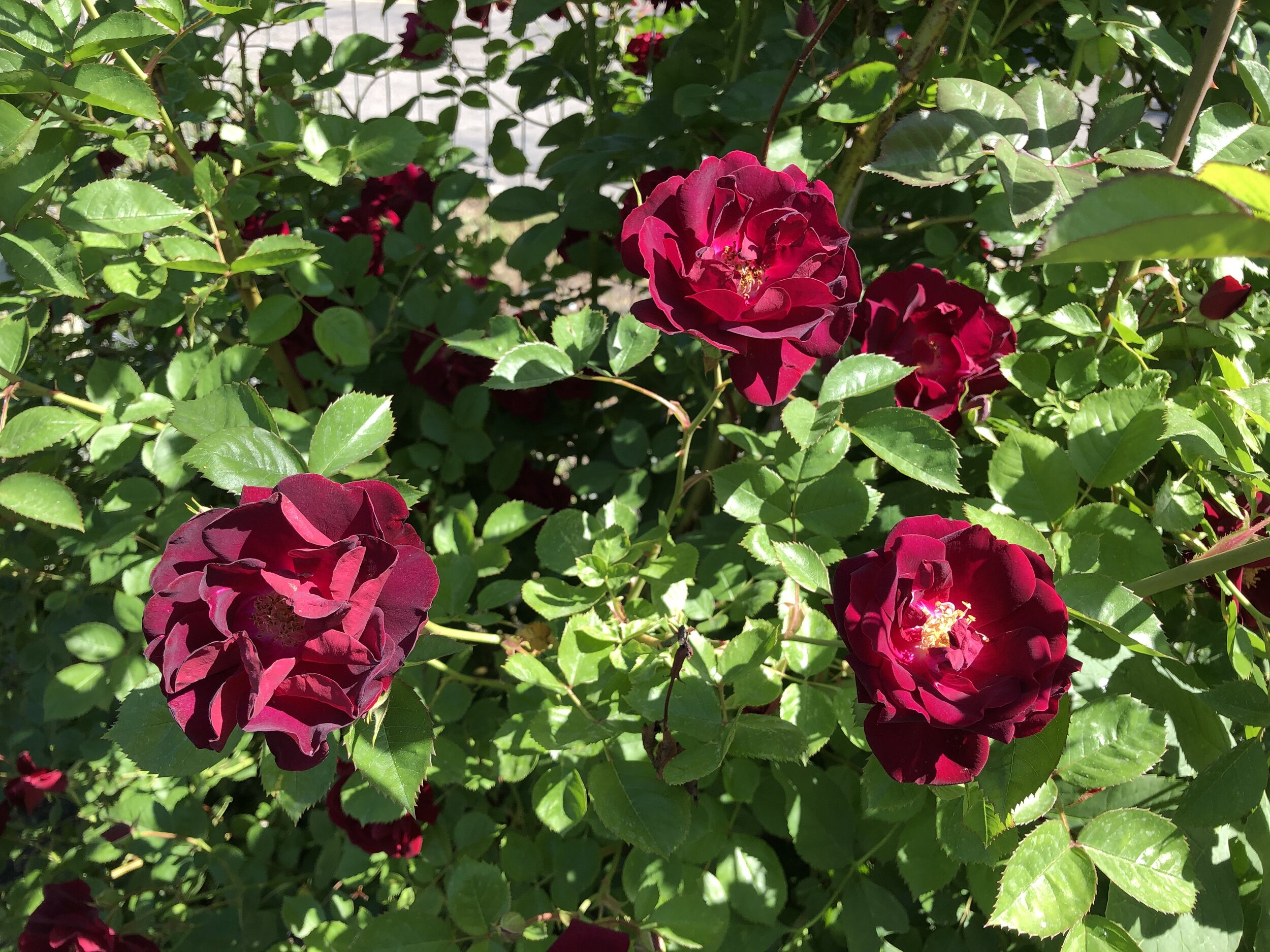
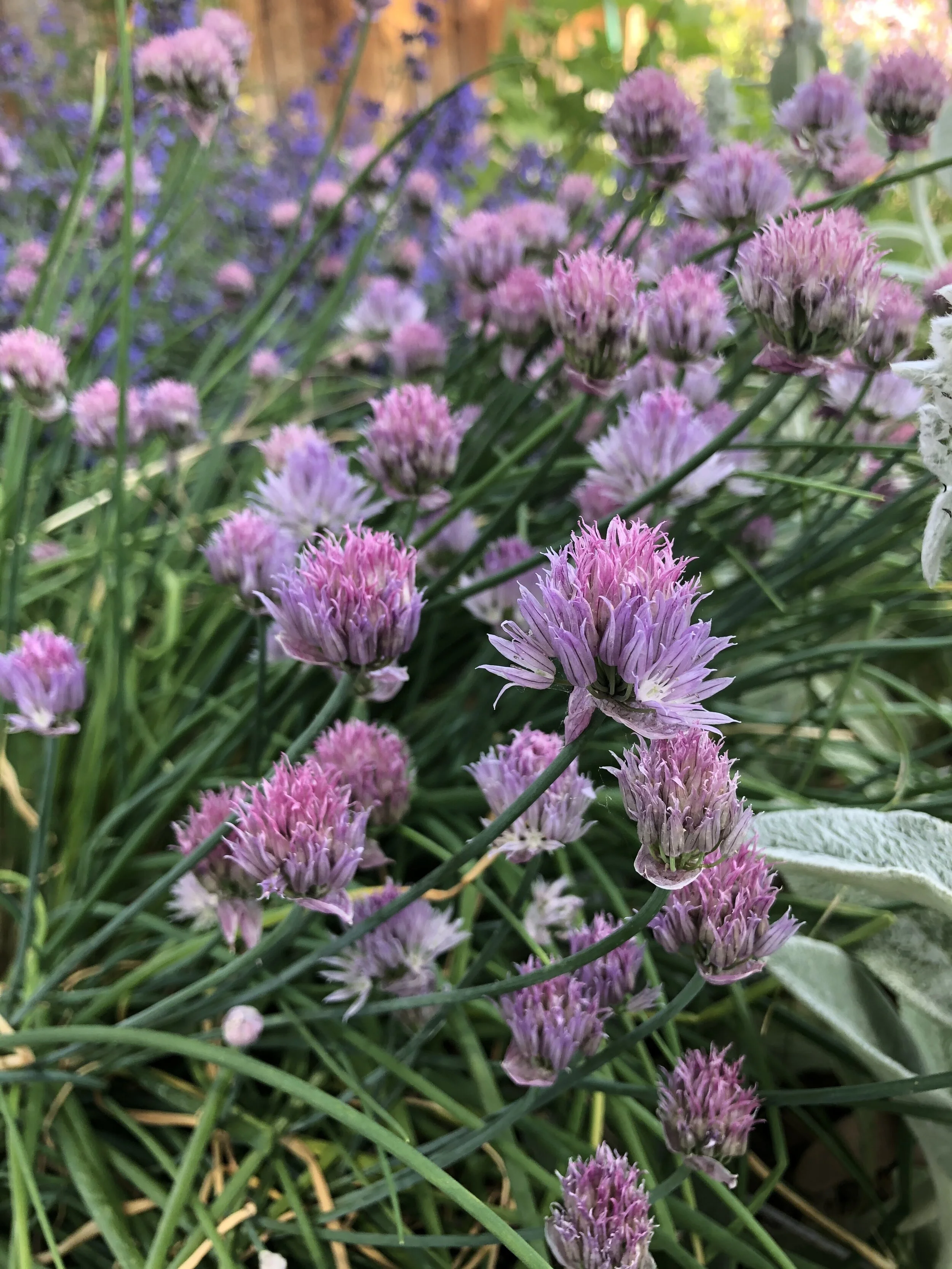
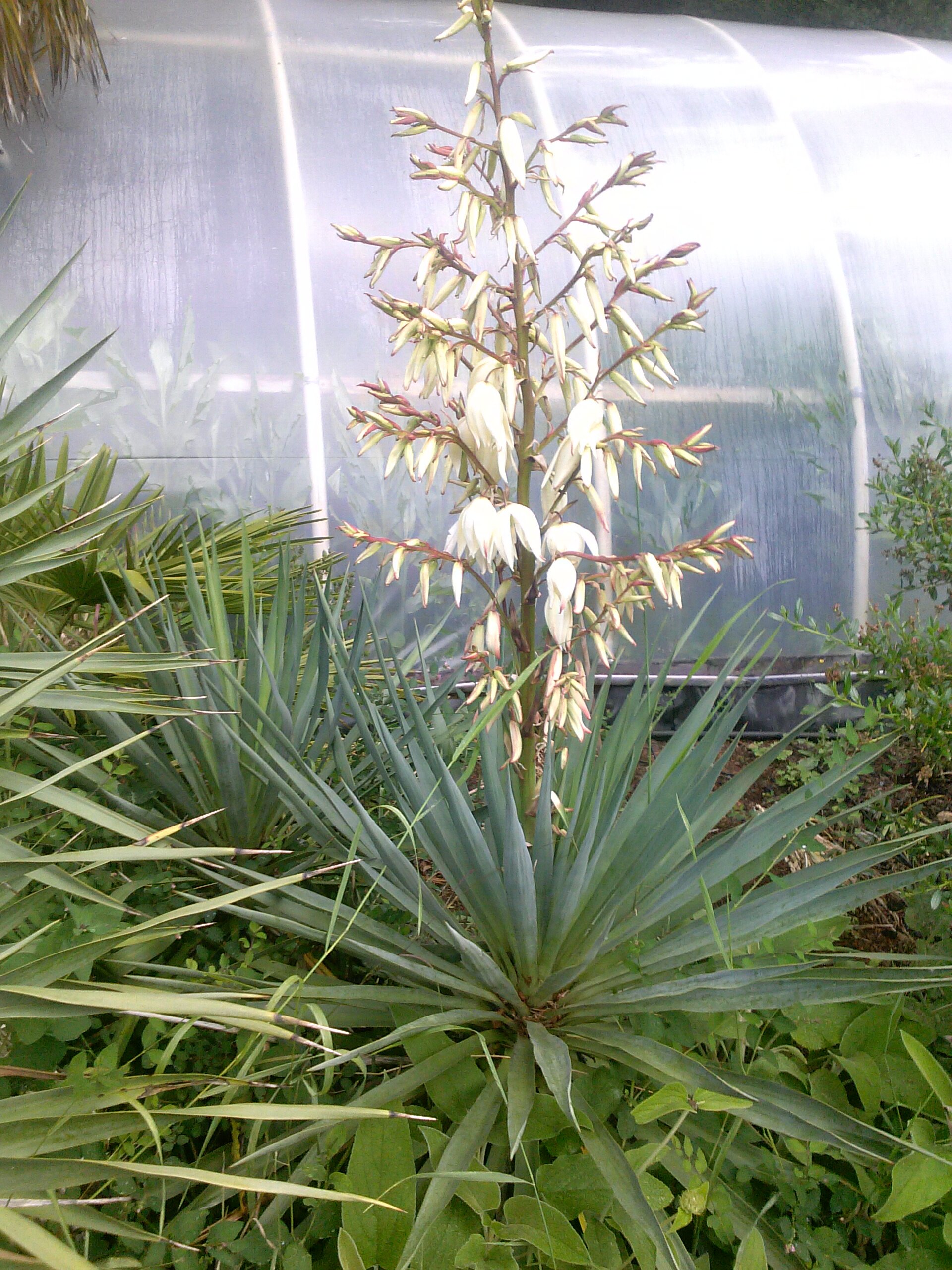
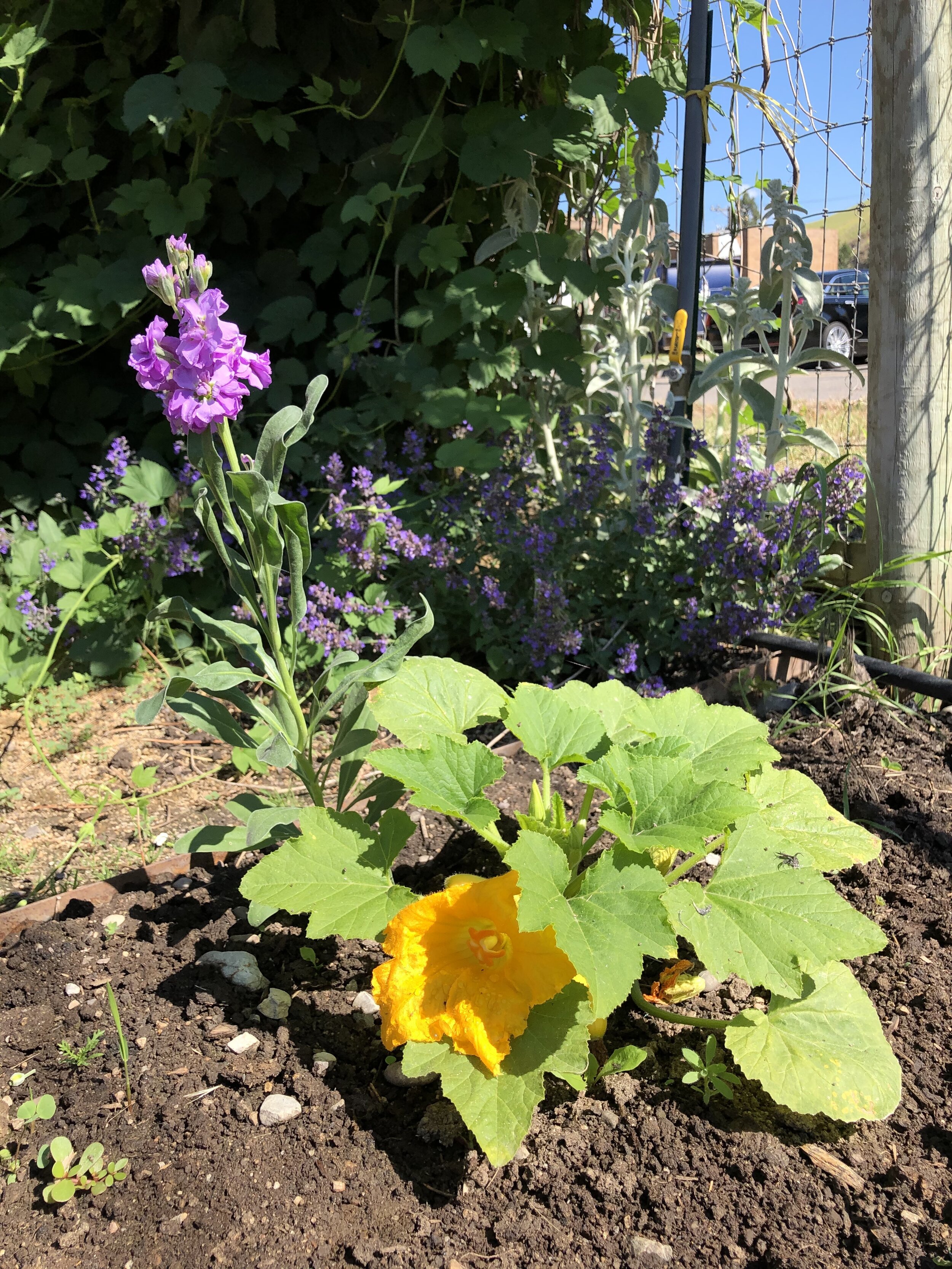
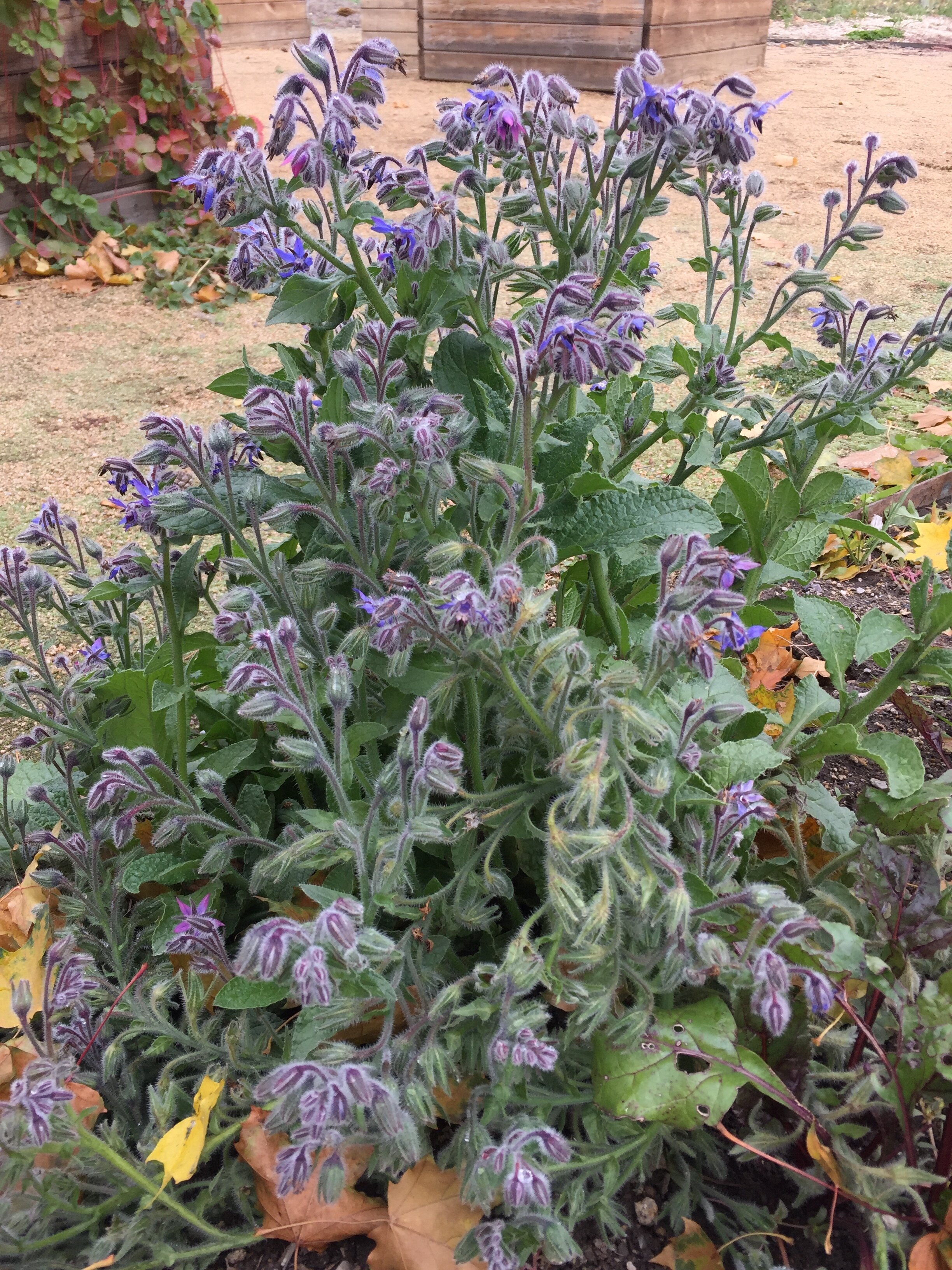
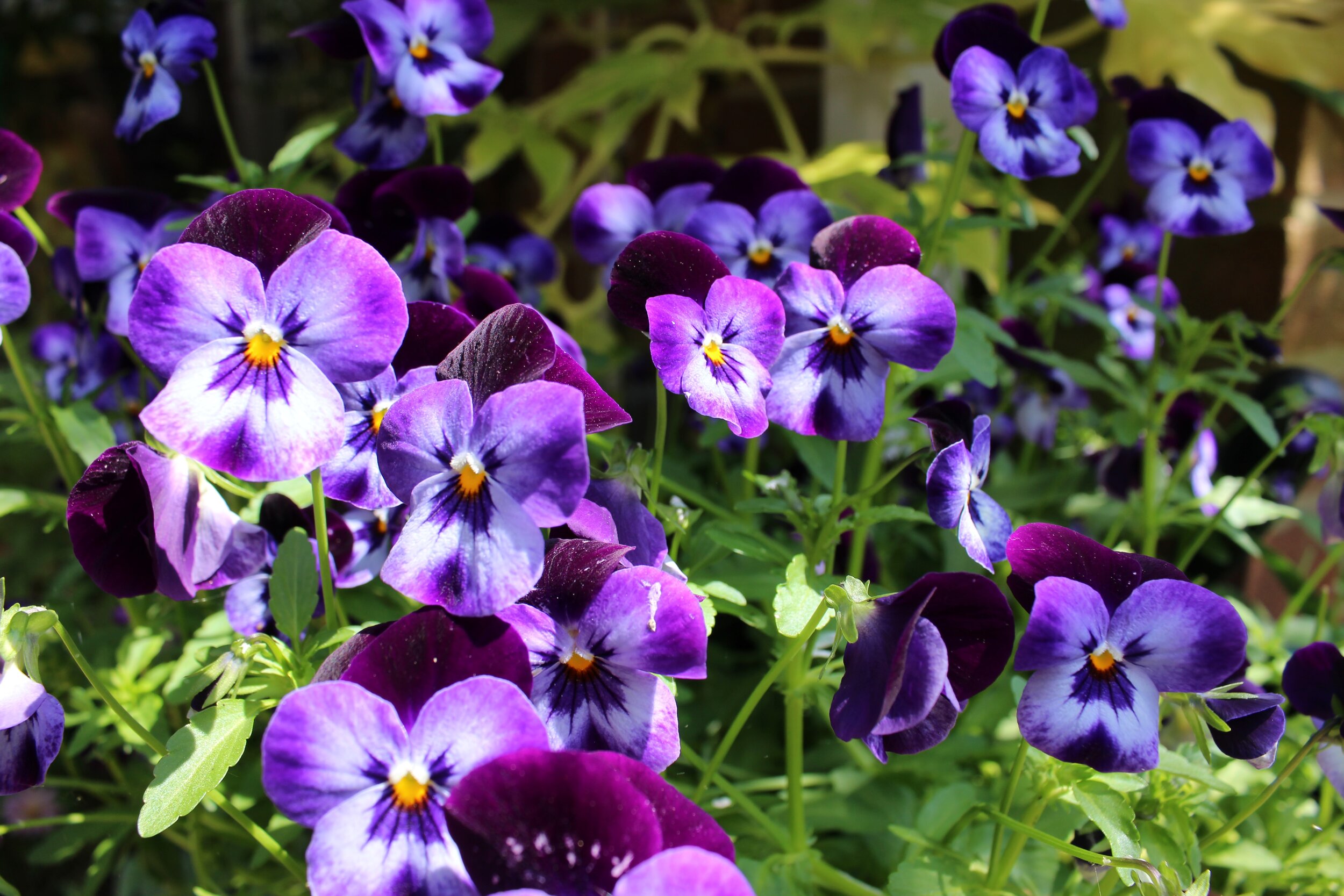
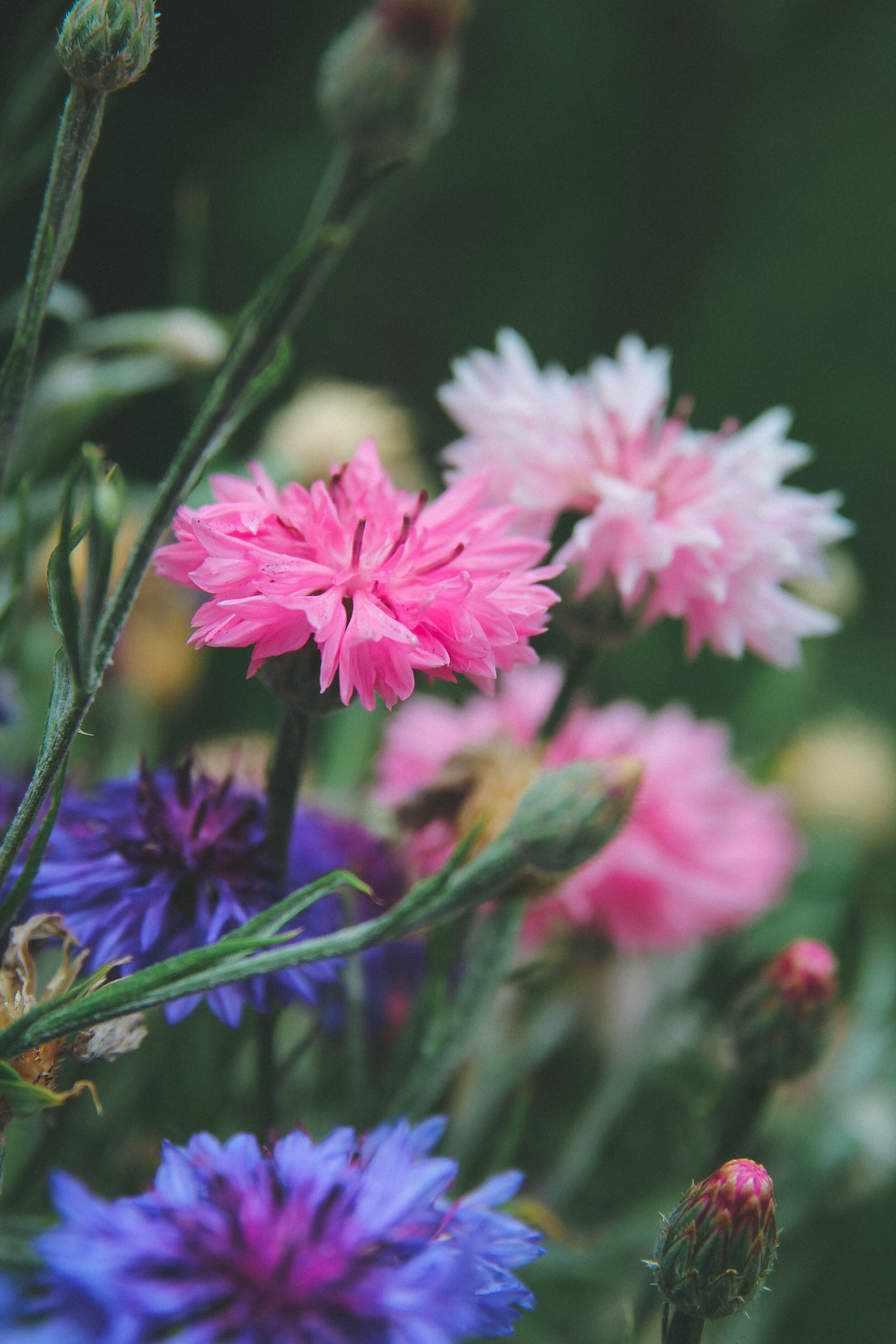
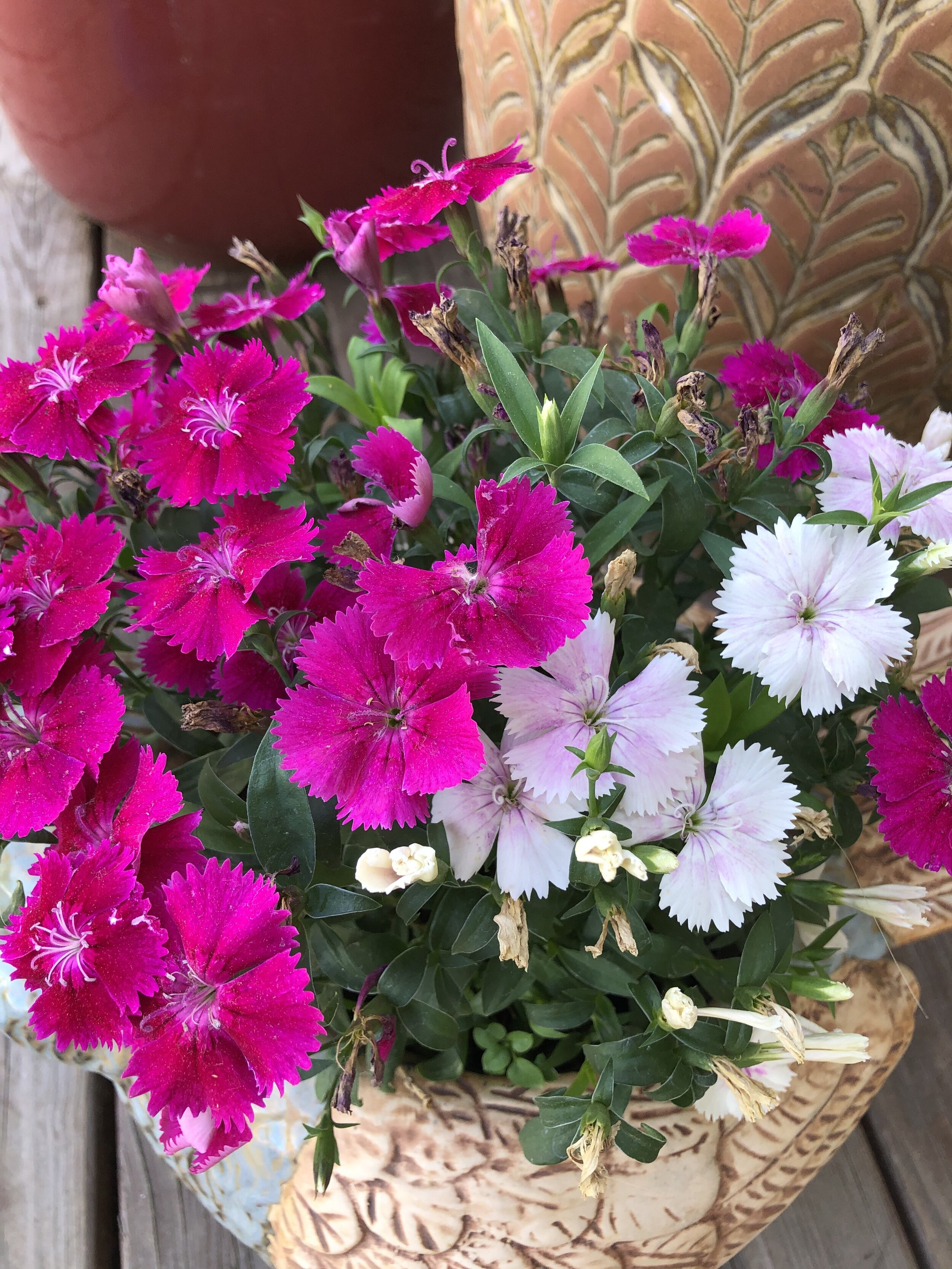
Calendula
Nasturtiums (The leaves are edible too!)
Roses
Chives
Yucca flowers
Summer squash flowers and stock
Borage
Pansys and Violas
Bachelor Buttons (or cornflowers)
Dianthus
Lavender (not pictured)
Dandelion (not pictured)
Flowering Vegetables
Many annual vegetables left unharvested or overwintered will begin to bolt, which is when the plant begins to transfer energy into flowering and setting seed to reproduce. Radish, arugula, cilantro and all of the Brassicas produce edible flowers. These small flowers also attract beneficial insects and provide pollen and nectar for bees. So, before you pull all your bolted crops, consider keeping a few for the pollinators.
Uses
Most flowers are best if you pick the petals and eat them raw on top of cakes, muffins or tossed in a salad. However, some meatier flowers like lillies, squash blossoms and yucca are best fried. Some like lavender are best used in cakes like this Vanilla Lavender Cake recipe.
Culture
Most edible flowers like annual vegetables require regular watering and at least 6 hours of sunlight each day.
Several years ago, a friend made this salad with lillies, nasturtiums, broccoli, calendula, and mallow flowers. There is lettuce somewhere under there too…


